Daniel Crews-Chubb (b. 1984) is a London-based abstract painter originally from Northampton, England whose work employs a traditional expressionistic, painterly language amid a conceptual framework investigating the potency of the iconic image and the dramatic dynamism of historic and contemporary visual language.
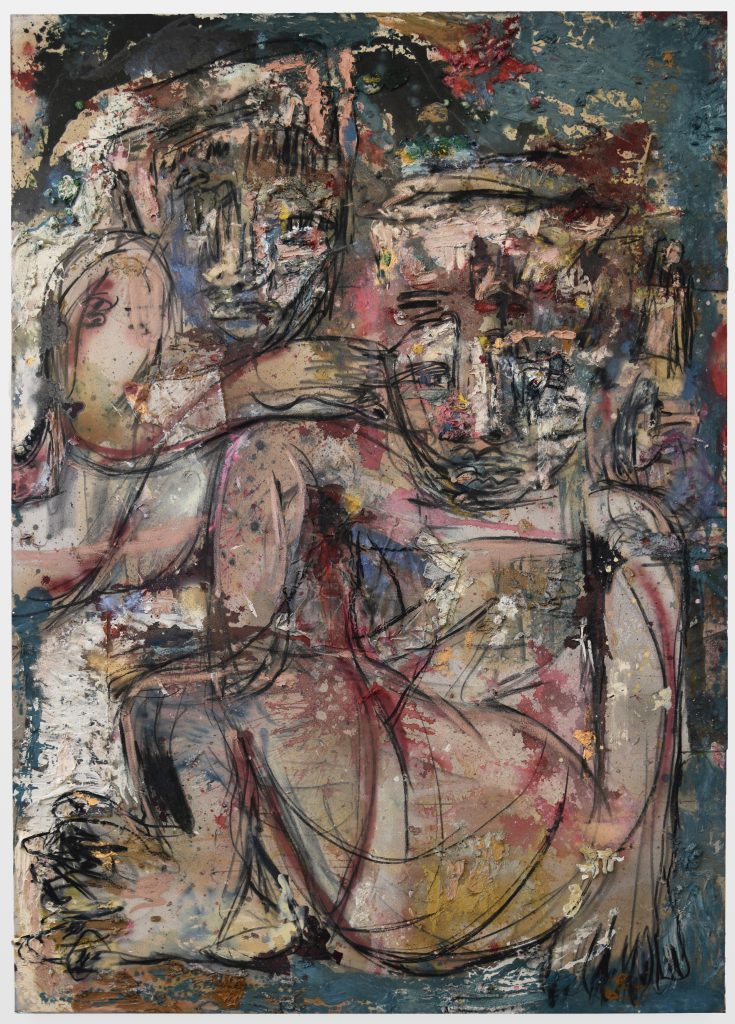
Tell us a little bit about yourself. Where are you from and how did art first come into your life?
I’m from a large town in the midlands in the UK called Northampton. I moved to London almost 15 years ago to go to art school. For as long as I can remember I have been drawing, some of my earliest memories are of drawing.
Has your work always taken on the style it currently embodies?
It has definitely changed over the years. It never rests in one place, it is always evolving. Sometimes it’s more figurative, sometimes its more abstract. Sometimes its heavy, sometimes it’s lighter with more open spaces. It becomes a bit of a dance between order and chaos. I remember there was a painting that really wasn’t working, but I didn’t want to give up on it, it had gotten quite heavy and was really overworked, but there was still something there to save, so I cut some clean canvas and stuck it on some of the heavier areas and it kind of allowed it to breathe again – it rebalanced everything, gave it a new life. I think ever since that moment, collage has become a really important part of my process.
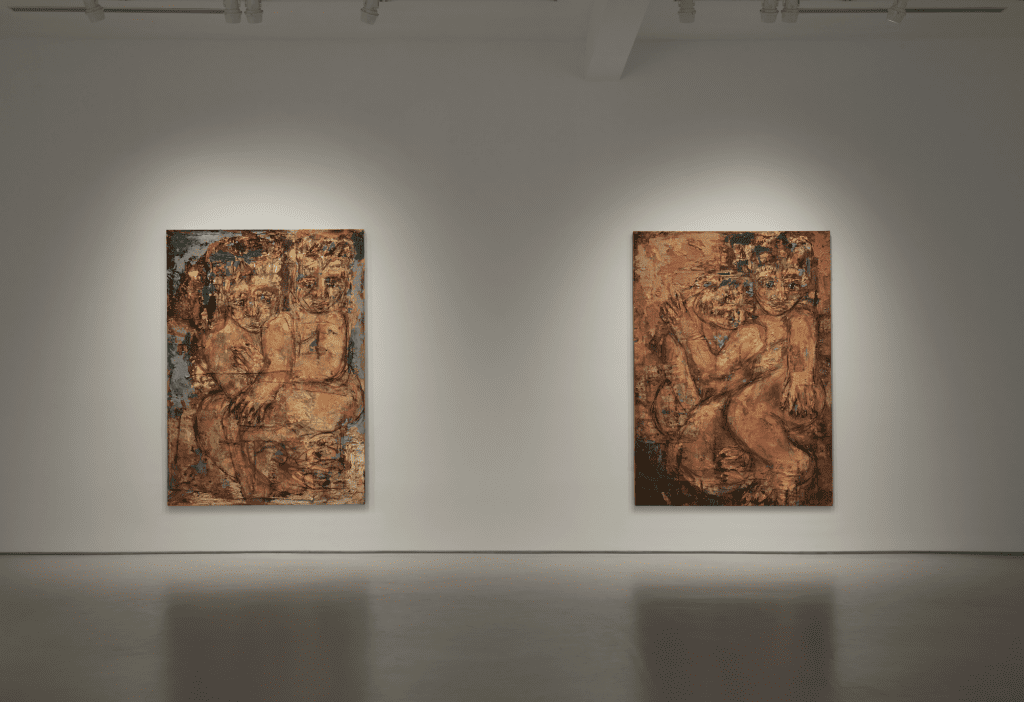
What’s your process like? How do you begin a work?
I suppose my process is one of experimentation within the framework of a figurative motive. I like to think of the studio as a laboratory, not a factory. I like to mix and match all types of materials: charcoal; spray paint; thick oil paint; acrylic; sand and pumice gel, which has a gritty cement- like quality. It’s like sculping the surface really, not painting it. I’m not really sure how to start, everything just kind of leads onto the next thing and they somehow inform each other.
Walk us through a day in the studio.
A day in the studio for me is getting in in the morning and working manically for a few hours. I then spend the rest of the day looking at what I’ve made and assessing it, I change my mind a lot and paintings get reworked quite often.
From where do you draw inspiration?
I look at so much stuff! There really are a lot of things that inform and influence the work, from the ancient to the modern. I look at historical artifacts, sculpture, other paintings, stuff from my childhood, but everything gets diluted through the making – ideas shift and change. As there are so many references, I never really allow one to take centre stage or overrule. I suppose you could say the paintings are full of cultural references, but devoid of any specific culture or time – they become hard to pin down.
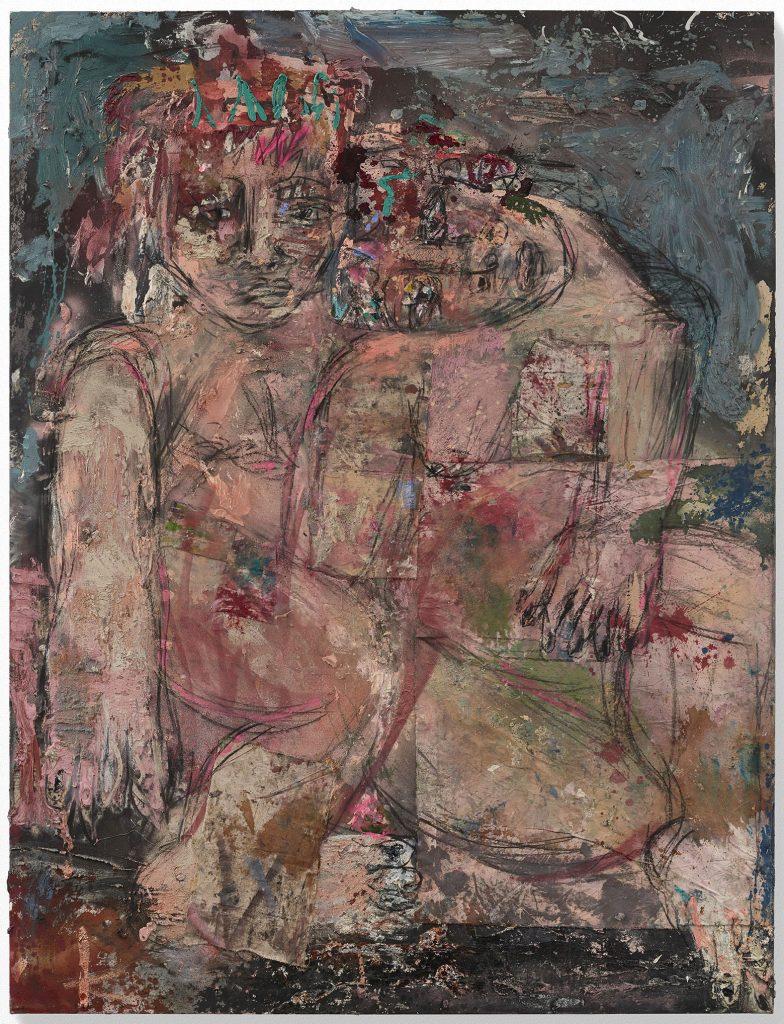
Can you tell us about your relationship to color?
I love colour, and definitely have favourites – probably pink! I love pink in paintings. I like some German painter’s palettes like Kippenburger, Albert Oehlen and Polke, but then I also like to show the colour of the canvas. My colours tend to look quite artificial, but I like that it keeps them fresh, like mixing printer cartridge colours with colours you would find on an industrial site. I also use bold primary colours and I do love a touch of hot electric pink here and there too.
What larger questions do you think your work asks?
I’m not sure really, I don’t see it as high concept. My work is very much about mark-making and the initial ideas sometimes lose their importance in the making. The paintings are full of conflict and confusion as I have so many questions myself, -questions about my existence and my purpose, so inevitably the paintings pose more questions than they answer.
Does your work reference any Art Historical movements?
I think my work definitely riffs off of the COBRA movement and abstract expressionism, modernism in general and Art Brut. All art looks like something else, its a visual language, so things get passed on and the language expands.
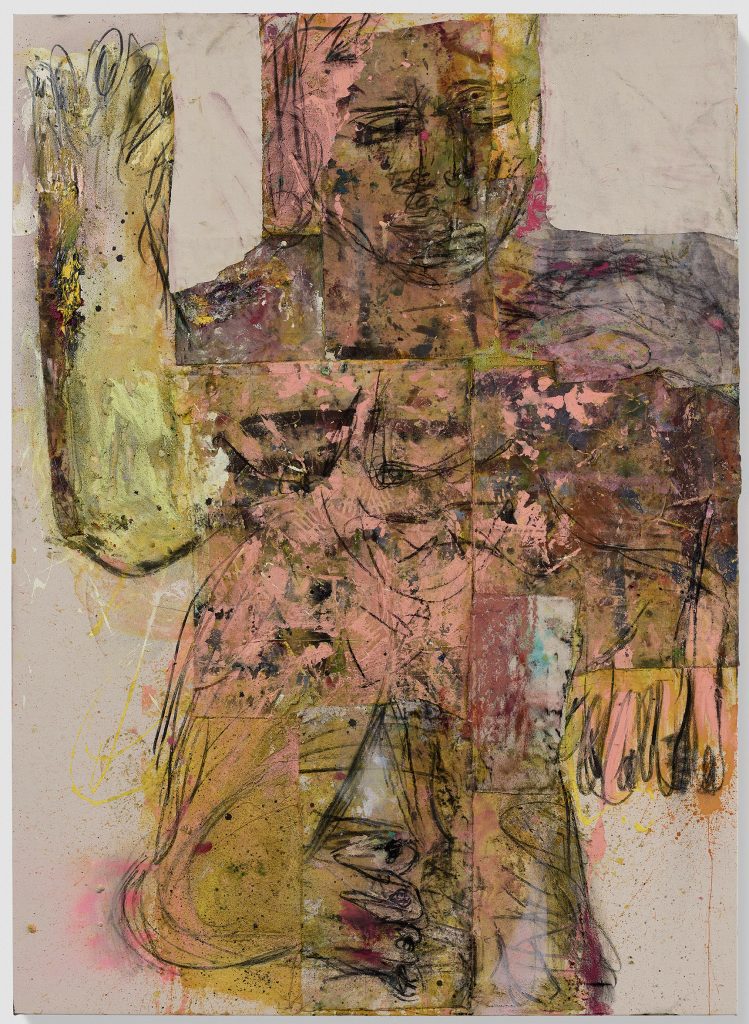
What’s next for you?
This year has been jam-packed as I opened four solo exhibitions: two in London at Wellington Arch and Timothy Taylor Gallery; one in Los Angles at Roberts Projects; and one in Seoul, south Korea with Choi and Lager gallery. So next year there will just be a few group shows ahead of two major Institutional exhibitions at The Ashmolean Musuem, Oxford (2022) and The Long Museum Shanghai, China (2024).
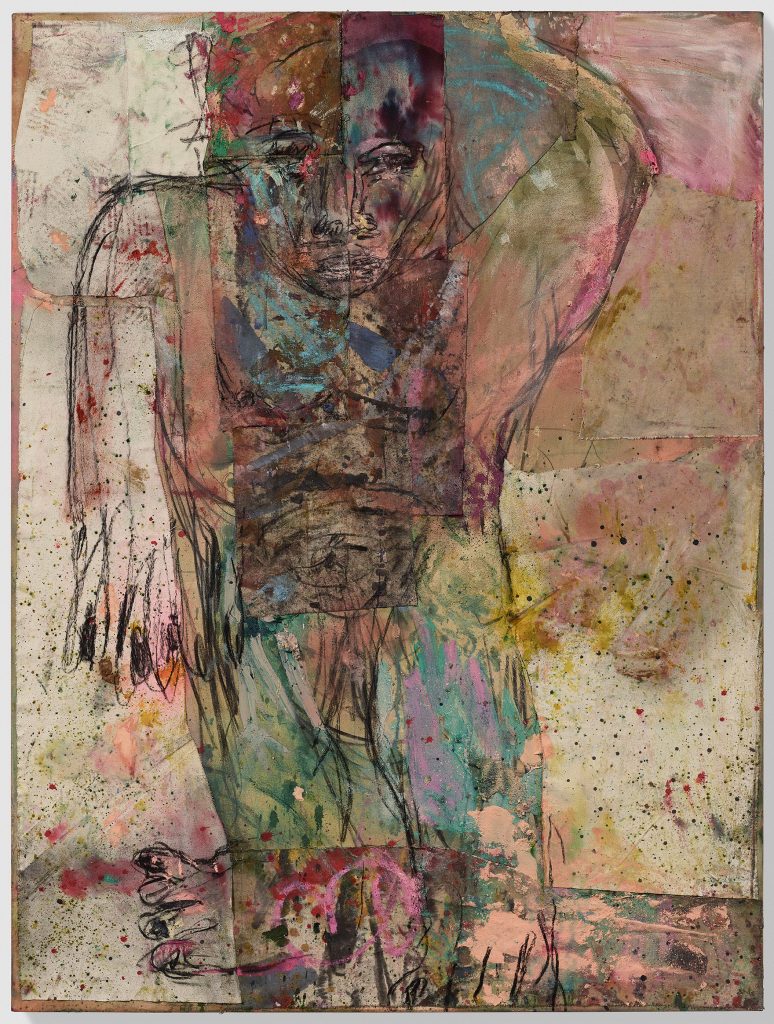
At the end of each interview, we like to ask the artist to recommend a friend whose work you love and would like for us to interview next. Who would you suggest?
I’ll nominate Neil Raitt, who is a close friend and a great artist who works here in London but shows with a gallery in Los Angeles called Anat Egbi gallery.